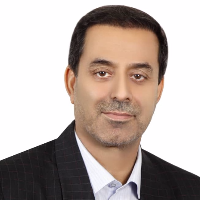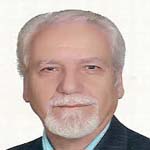فهرست مطالب «issa ebrahimzadeh»
-
-
-
-
-
-
-
-
-
-
-
-
-
A Critical Reflection of the Appraisal Indicators of Distance Education Systems: A Meta-SynthesisInterdisciplinary Journal of Virtual Learning in Medical Sciences, Volume:9 Issue: 2, Summer 2018, P 2
-
-
-
-
-
تحلیل و ارزیابی وضعیت کاربری اراضی شهری با تاکید بر پایداری کاربری مسکونی (مورد مطالعه: شهر سامان)Analysis and evaluation the condition of using urban lands by focus on stable domestic usage (Case study: saman city)
-
-
نمایش عناوین بیشتر...
سامانه نویسندگان
اطلاعات نویسنده(گان) توسط ایشان ثبت و تکمیل شدهاست. برای مشاهده مشخصات و فهرست همه مطالب، صفحه رزومه ایشان را ببینید.
بدانید!
- در این صفحه نام مورد نظر در اسامی نویسندگان مقالات جستجو میشود. ممکن است نتایج شامل مطالب نویسندگان هم نام و حتی در رشتههای مختلف باشد.
- همه مقالات ترجمه فارسی یا انگلیسی ندارند پس ممکن است مقالاتی باشند که نام نویسنده مورد نظر شما به صورت معادل فارسی یا انگلیسی آن درج شده باشد. در صفحه جستجوی پیشرفته میتوانید همزمان نام فارسی و انگلیسی نویسنده را درج نمایید.
- در صورتی که میخواهید جستجو را با شرایط متفاوت تکرار کنید به صفحه جستجوی پیشرفته مطالب نشریات مراجعه کنید.



